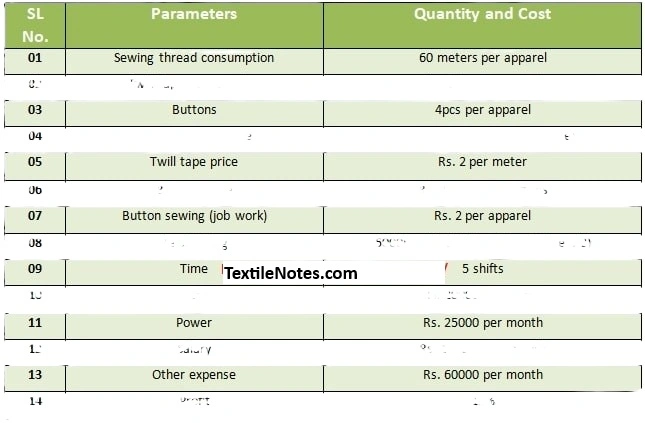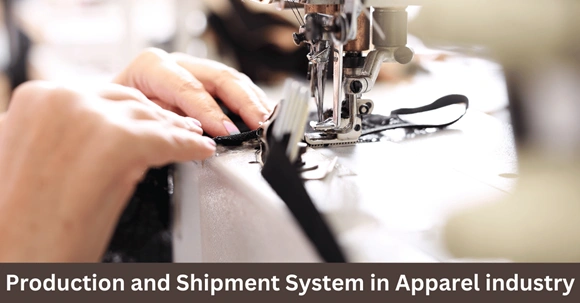Screen Printing vs Heat Transfer: 10 Vital Facts You Must Know
When you browse a website to get a print on your favorite t-shirt, you will see some common printing methods. Screen printing, DTG, heat transfer, etc, are very common for printing tees. Choosing the right decoration method for your t-shirts, apparel, or promotional products is crucial. The two most popular methods—screen printing and heat transfer— always come up as top contenders. But which one is right for your project? Let’s discuss Screen Printing vs Heat Transfer: 10 Vital Facts You Must Know.
Thanks to advanced technology, with its help, tons of T-shirts can be printed within a very short time. You can also Print Your Tees At Home with a small setup. All three processes have their own advantages. You can select which process suits you best, depending on the discussion below. If you want a good quality, long-lasting, vibrant print, then go with screen printing. If you want a lot of tees printed within a very short time, then you have to go with heat transfer.
Screen Printing:
This is a traditional, analog process. A stencil (the “screen”) is created for each color in your design. Ink is then pushed through these screens onto the garment one color at a time. Each color requires a separate screen, setup, and pass through the press.
Heat Transfer (DTF/DTG Transfer):
This is a rather modern method and intrinsically digital. Your design is printed in full color with high resolution onto a special film or transfer paper. This printed film is then placed firmly onto the fabric, where a heat press attaches the ink to the fabric permanently.

10 Vital Facts About Screen Printing vs Heat Transfer
Explore all the details on Screen Printing vs Heat Transfer following table:
| Topics | Screen printing | Heat transfer |
| Process | A pre-prepared stencil is used to apply a layer of ink over the textiles. With the help of ink, the image is transferred to the textile. | Custom designs are produced onto the apparel using pressure and heat onto a heat reactive adhesive coated material called transfer paper, the design is printed while a heat press is applied, and the adhesive reacts with the heat and transfers to the fabric |
| Quality | Better quality printing is possible than the heat transfer | Quality is not better than screen printing |
| Tools | Stencil, frame, squeegee, ink | Heat press machine or iron |
| Color range | Multi-color printing is possible for each color separate screen is needed which limits the use of screen printing for multi-color | Appropriate when dealing with multiple colors |
| Suitable for | Large batchNot suitable for smaller orders | Suitable for smaller orders |
| Color vibrancy | Bright and vibrant color is produced | Comparatively duller appearance |
| Time required | Time consuming but for one or a few colors for bulk order is quite faster | Quicker process |
| Cost effectiveness | Cost effective in case of bulk order but cost elevates with the number of screens for short order it is not cost effective at all. | Cost effective less the order, the less the costing |
| Durability | More durablelnk penetrates deep inside the garment | Less durablelnk doesn’t penetrate deep in the garment |
| Photographic design | Not possible | Detailed photographic design possible |
Always communicate with your printing service provider. Discuss your project goals, budget, and expectations. As you already have a great idea of Screen Printing vs Heat Transfer, a good printing process will guide you toward the best method to ensure your final product looks and feels exactly how you envision it.



